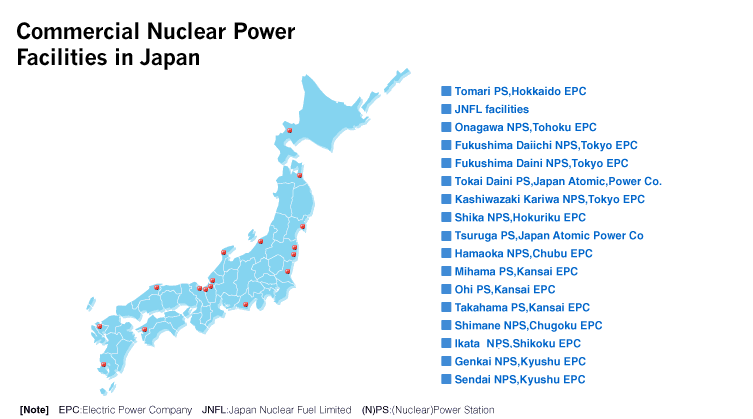On Feb. 4th, the Canadian Nuclear Safety Commission (CNSC) approved Bruce Power's proposed shipment of 16 radioactive steam generators to Sweden for so-called "recycling" (which would contaminate the metal recycling stream with hazardous radioactivity).
The boat would travel on Lake Erie. The shipment is risky and unnecessary. If it sinks and leaks radioactivity into the Great Lakes or connecting rivers or locks, serious risks to human health, the environment, and the economy could ensue, including to drinking water, fisheries, recreation, etc.
Even if this particular shipment doesn't involve an accident or attack, it would nonetheless set a very bad precedent that could lead to more and worse to come -- including ultra-hazardous high-level radioactive waste shipments on the Great Lakes.
What can you do?
The U.S. Dept. of Transportation's Pipeline and Hazardous Materials Safety Administration (PHMSA) has to approve the Canadian radioactive waste shipment before it enters U.S. territorial waters on the Great Lakes.
Please contact PHMSA's Administrator, Cynthia Quarterman, and urge her to conduct a programmatic environmental impact statement (PEIS) on water-borne shipments of large, radioactive nuclear components, including an adequate public comment period and public hearings in Erie, Pennsylvania. You can email her at phmsa.administrator@dot.gov; fax her at (202) 366-3666; phone her at (202) 366-4433; or send her a letter at Cynthia L. Quarterman, Administrator, U.S. Department of Transportation, Pipeline and Hazardous Materials Safety Administration, East Building, 2nd Floor, Mail Stop: E27-300, 1200 New Jersey Ave., SE, Washington, DC 20590.
Also, contact U.S. Senators Casey and Toomey, as well as your U.S. Representative, via the Capitol Switchboard at (202) 224-3121. Thank Sen. Casey for having written PHMSA, along with six other Democratic Senators from across the Great Lakes, last October about their concerns with this shipment and the risks of contaminating the metal recycling stream with radioactivity. Request that Sens. Casey and Toomey urge PHMSA Administrator Quarterman to carry out a full PEIS, including public hearings in Erie.
Pennsylvania's U.S. Representative Mike Kelly (Republican-Erie) also sits on strategic committees where he could influence PHMSA. He sits on the Committee on Oversight and Government Reform, including its Subcommittee on Regulatory Affairs, as well as its Subcommittee on Intergovernmental Relations, as Vice Chairman. He too could demand the U.S. federal regulatory agency PHMSA carry out a PEIS, and hold a hearing in his district, about this risky Canadian radioactive waste shipment on U.S. territorial waters on the Great Lakes.
If you'd rather fax, mail a letter, or send an email to your Members of Congress, or track down their local district office phone numbers, you can find that information via: http://thomas.loc.gov/ (click on House of Representatives or Senate on the left hand side menu bar).
Additional information on the Bruce Power radioactive steam generator shipment from Canada, via the Great Lakes, to Sweden can be found at: http://www.beyondnuclear.org/canada/

























